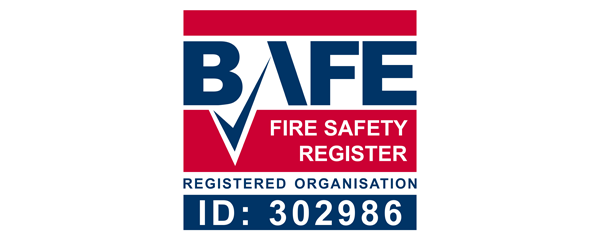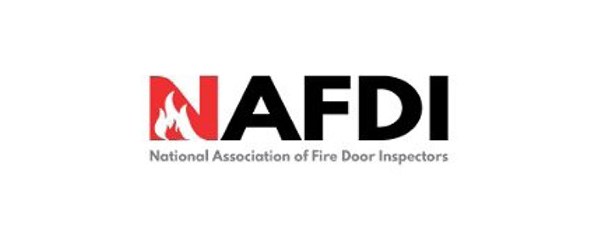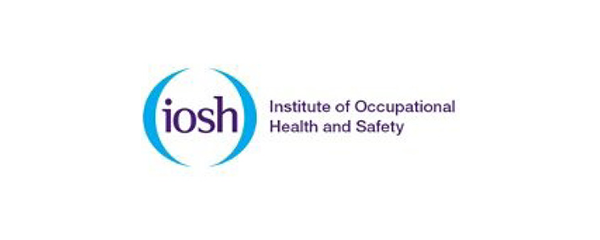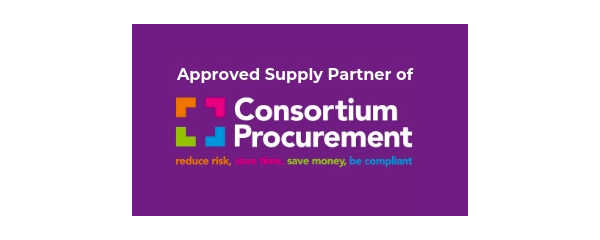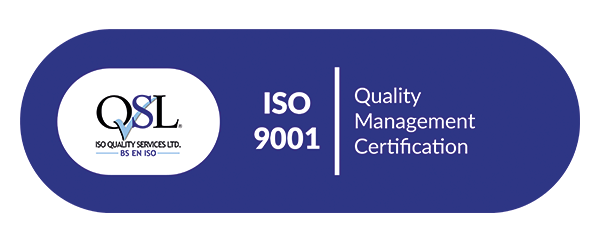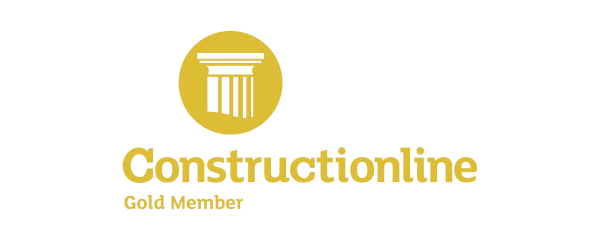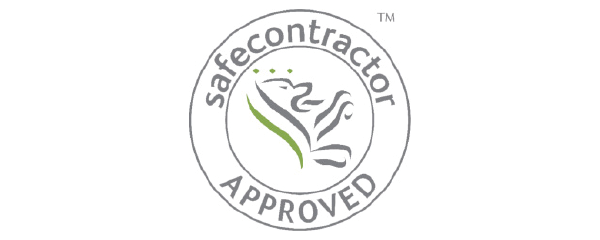What is a site Health and Safety Audit?
A Health and Safety Audit is an assessment of the health and safety standards of a business. It assesses your workplace policies, processes, procedures, and systems, highlighting areas for improvement.
Audits can feel like a chore without the correct approach and safe systems in place. However, a good Health and Safety Audit is much more that a defensive measure or simple tick-box exercise.
You should view Health and Safety audits as a tool to help to proactively improve your business, identifying areas for enhancement.
More specifically, a thorough Health and Safety Audit should address:
- Are you compliant with the current relevant laws and regulations?
- Are your policies easy to understand, and well communicated to your staff?
- Are your processes documented, and easy to digest?
- Does your safety systems work properly, and deliver the correct outcomes?
- Do you adequately support health and wellbeing, as well as providing basic safety protection?
- How engaged is your workforce in your business’s safety culture?
This comprehensive approach means that a health and safety audit can be an extremely valuable tool for businesses of all sizes. It can help you to identify potential hazards and risks before they turn into costly accidents or incidents.
And it can give you peace of mind of knowing that you are doing all you can to protect your employees, customers, and your business.
Its aim is ensure the business is compliant with the following legislation:
- Health and Safety at Work etc. Act 1974 Section 2(1) and 2 (2)
- Health and Safety at Work etc. Act 1974 Section 2(2)(c)
- Health and Safety at Work etc. Act 1974 Section 2 (3)
- Health and Safety at Work etc. Act 1974 Section 3 (1) and 3(2)
- Control of Asbestos Regulations 2012
- The Dangerous Substances and Explosive Atmospheres Regulations 2002 (DSEAR)
- Management of Health and Safety at Work Regulations 1999 (Amended) 2006
- Health and Safety (Display Screen Equipment) Regulations 1992, as amended by the Health and Safety (miscellaneous amendments) Regulations 2002
- Manual Handling Operations Regulations 1992
- Workplace (Health, Safety and Welfare) Regulations 1992
- Control of Substances Hazardous to Health Regulations 2002 (Amended) 2004
- The Regulatory Reform (Fire Safety) Order 2005 & BS9999
- Electricity at Work Regulations 1989
- Reporting of Injuries, Diseases and Dangerous Occurrences Regulations 2013
- Employer Liability (Compulsory Insurance) Regulations 1998
- Health and Safety (Information for Employees) Regulations 1989 (Amendment) Regulations 2009
- Health and Safety (First Aid) Regulations 1981 (revised 2013)
- Gas Safety (Installation and Use) Regulations 1998 (Amendment) Regulations 2018
- Lift Operations and Lifting Equipment Regulations 1998
- Pressure Systems and Transportable Gas Containers Regulations 2000
- Environmental Protection Act 1990
- The Provision and Use of Work Equipment Regulations 1998
- The Personal Protective Equipment Regulations 2002
- The Noise at Work Regulations 2006
- Equality Act 2010
- The Control of Vibration at Work Regulations 2006
- The Work at Height Regulations 2005
- Notification of Cooling Towers and Evaporative Condensers Regulations 1992
- Control of Artificial Optical Radiation at Work Regulations 2010
- Ionising Radiation Regulations 1999 (IR1999)
- The Smoke-free (Premises and Enforcement) Regulations 2006
- Prevention of Damage by Pests Act 1949
- Environmental Act 2021
- Safety Representatives and Safety Committees Regulations 1977 (as amended); and the Health and Safety (Consultation with Employees) Regulations 1996 (as amended)
- The Construction (Design and Management) Regulations 2015
- Business Continuity Management (BCM) – It is key for any organisation implementing ISO 9001:2015
- Building energy certificate. (Public)
Is a Health and Safety Audit a legal requirement?
There is no legal requirement for businesses to conduct a Health and Safety Audit.
However, the Health and Safety Executive (HSE) guidance document HSG65 Successful Health and Safety Management recommends that audits are undertaken. Therefore, many businesses choose to do so as part of their commitment to health and safety best practice. In some industries, such as construction, regular audits may be a condition of insurance cover.
In short, you do not have to do a Health and Safety Audit – but there are plenty of good reasons why you should.
The benefits of a good Health and Safety Audit
There are numerous benefits to be gained from undertaking a Health and Safety Audit. These can be broadly divided into three main categories:
Improved safety
Let’s start with the most obvious one. Ultimately, the end goal of a Health and Safety Audit is to improve the general safety in the workplace. This can be achieved in a various number of ways, including reducing accidents and incidents, improving communication of procedures, and engaging employees in your business’s safety culture.
Compliance
A thorough Health and Safety Audit will ensure that your business is compliant with the relevant laws and regulations. This will therefore reduce the risk of prosecution, should an incident or accident occur.
It also helps to create a culture of compliance within the business, which can lead to improved standards across the board.
Cost savings
By identifying potential risks early on, you can avoid the costs associated with accidents and incidents. In addition, implementing the improvements suggested by a Health and Safety Audit can lead to efficiencies and greater cost savings in other areas of your business, for example; improvement in the communication of health and safety procedures can save time wasted on repeatedly training employees who are unclear on what they should be doing.



